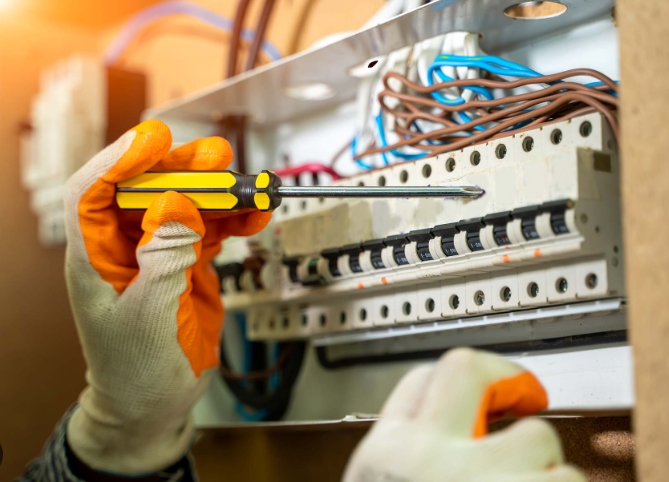A black laptop screen can be a frustrating and perplexing issue for users. It can occur due to various reasons, ranging from software glitches to hardware failures. In this comprehensive guide, we will delve into the depths of troubleshooting techniques and provide step-by-step instructions to fix a black laptop screen. So, let's get started!
- Check the Power Supply:
The first step is to ensure that your laptop is receiving power. Connect it to a reliable power source and check if the charging indicator lights up. If not, try a different power outlet or replace the charger. Sometimes, a drained battery can also cause a black screen, so attempt to power on the laptop with the battery removed and connected to the power source. - Examine the Display Brightness:
Adjusting the display brightness might seem obvious, but it's often overlooked. Press the function key (Fn) along with the brightness control key (usually represented by a sun icon) to increase the brightness. If this doesn't work, move on to the next step. - External Display Connection:
Connect your laptop to an external display using an HDMI or VGA cable. If the external display shows the laptop's screen, it indicates a potential issue with the laptop's LCD or backlight. Proceed to the next step for further troubleshooting. - Perform a Hard Reset:
A hard reset can resolve many software-related issues. Disconnect the laptop from the power source, remove the battery (if possible), and hold the power button for 15-20 seconds. Then, reconnect the power source and try turning on the laptop. If the screen remains black, proceed to the next step. - Update Graphics Drivers:
Outdated or incompatible graphics drivers can cause display problems. Visit the laptop manufacturer's website or the graphics card manufacturer's website to download and install the latest drivers. Restart the laptop and check if the black screen issue persists. - Boot into Safe Mode:
Safe Mode allows you to troubleshoot software conflicts. Restart the laptop and repeatedly press the F8 key (or another key depending on the laptop model) before the Windows logo appears. Select Safe Mode from the menu and observe if the screen functions correctly. If it does, a third-party software or driver may be causing the problem. - Run System Diagnostics:
Most laptops have built-in diagnostic tools that can identify hardware issues. Access the BIOS or UEFI settings by pressing a specific key during startup (usually Del, F2, or F12). Look for the diagnostics or hardware testing option and run a comprehensive test. If any hardware failures are detected, contact a professional technician for repair. - Seek Professional Assistance:
If none of the above steps resolve the black screen issue, it's advisable to seek professional help. A certified technician can diagnose and repair complex hardware problems, such as faulty display cables, damaged LCD panels, or malfunctioning graphics cards.
Conclusion:
A black laptop screen can be a distressing experience, but with the right troubleshooting techniques, it can often be resolved. By following the steps outlined in this guide, you can effectively diagnose and fix the issue, saving both time and money. Remember, if all else fails, don't hesitate to consult a professional technician for further assistance. Happy computing!

